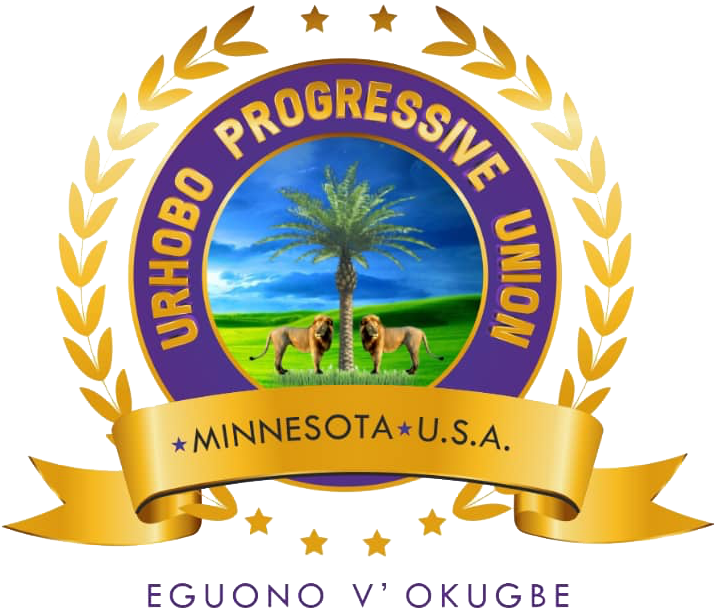Dating apps like Tinder and Bumble are free. But people state investing in them may be worth the funds.
Notice: Trying to access array offset on value of type bool in /hermes/bosnacweb01/bosnacweb01at/b2132/ipg.admin15122/upuminnesota.org/wp-content/themes/betheme/functions/theme-functions.php on line 1501
Notice: Trying to access array offset on value of type bool in /hermes/bosnacweb01/bosnacweb01at/b2132/ipg.admin15122/upuminnesota.org/wp-content/themes/betheme/functions/theme-functions.php on line 1506
Deciding when Your own Leading On-line Casino
August 17, 202010 Measures People Can certainly Look at For you to Quit Poker Today
August 17, 2020Dating apps like Tinder and Bumble are free. But people state investing in them may be worth the funds.
Notice: Trying to access array offset on value of type bool in /hermes/bosnacweb01/bosnacweb01at/b2132/ipg.admin15122/upuminnesota.org/wp-content/themes/betheme/functions/theme-functions.php on line 1501
Notice: Trying to access array offset on value of type bool in /hermes/bosnacweb01/bosnacweb01at/b2132/ipg.admin15122/upuminnesota.org/wp-content/themes/betheme/functions/theme-functions.php on line 1506
Even though they could perhaps not allow you to get any nearer to a relationship.
Share this tale
- Share this on Facebook
- Share this on Twitter
Share All sharing choices for: Dating apps like Tinder and Bumble are free. But individuals state investing in them is really worth the amount of money.
Photo: Elizabeth Fernandez/Getty Photos
This tale is a component of a combined team of tales called
At exactly exactly what part of the completely nightmarish process of online dating sites does one decide so it’s well worth spending cash on making that experience somewhat less terrible? Following the very very very first undoubtedly bad date? Following the 70th?
A generation ago, things had been easier. You really had two options: Meet a fellow individual in your particular flesh sacks, or pay someone ( or a magazine) to create you up with one. The net wrought popular compensated solutions like Match.com in 1995, JDate in 1997, and eHarmony in 2000, nonetheless it wasn’t until Tinder created the“swipe” that is addictive 2013 that online dating sites became a true free-for-all.
However a free-for-all does not spend, which explains why in the event that you’ve ever invested time on Bumble, OkCupid, Coffee Meets Bagel, or some of the other zillion apps guaranteeing to produce us feel just a little less lonely, you’ve most likely seen advertisements for the mystical paid form of the same solution. They feature perks like browse receipts, the capability to see who’s already swiped right, and a short-term “boost” that automatically sets you towards the top of the stack for a lot of time. The training includes a history that is long OkCupid rolled out its A-List function as soon as 2009, before Tinder and Bumble also existed.
And just exactly what the freemium pricing model did for online flash games is starting to become the strategy employed by dating apps today. They’re liberated to utilize, however the psychology of gaming implies that the greater amount of you utilize them, the more tempting it really is to advance to your level that is next. With regards to online dating sites, nevertheless, the reason why individuals decide to upgrade to your re payment models are more diverse than with a gaming app that is typical.
It might appear redundant, particularly if you can find already dating apps where you can view who’s liked you that don’t expense anything (Hinge, for example). But individuals are nevertheless spending money on premium — a lot of them. Final autumn, Tinder beat away Candy Crush in order to become the Apple Store’s app that is top-grossing unleashing its Tinder Gold solution. And software makers claim it is worth every penny: In June, Coffee Meets Bagel co-founder Dawoon Kang told Vice that males who spend the $35 every month for the upgraded variation have “a 43 per cent greater quantity of connections (mutual loves) than non-payers” and that conversation lengths increase by 12 %.
Those I chatted to who’ve used premium variations of free dating apps didn’t have single basis for doing this — their motivations ranged from attempting to expand their location-based prospective matches to steering clear of the stigma to be discovered by Twitter buddies on a kink-friendly application in a conservative town. However the most reason that is popular to function as the need to see who’s liked them without the need to result in the dedication of liking them straight straight right back.
The advantages of having the ability to see who’s liked you first
Hannah, a teacher that is 31-year-old Chicago, purchased Bumble Increase after four many years of being solitary and realizing she wished to get dedicated to wedding and household. She claims she does not connect to great deal of males on the job (“other than my first-graders, their dads, and our parish priest — none of whom I’m enthusiastic about dating”), and all of her buddies are partners. A week-long test of Bumble Increase cost her about $10, which resulted in a month-long package (about $25) after which a three-month package (about $50).
That which you have once you pay  money for free relationship apps
money for free relationship apps
Bumble Boost, $24.99/month
- See everybody else who’s right-swiped you
- Extend matches by twenty four hours
- Rematch with expired connections
Tinder Plus, $9.99/month for users under 30; $19.99/month for 30-plus
- Unlimited likes
- Rewind last swipe (in the event that you swipe by accident)
- 5 Super loves each day
- 1 Increase each(puts you on the top of the pile day)
- Passport to swipe all over the world
Tinder Gold, $4.99/month included with the price of Tinder Plus
- Precisely what Tinder Plus provides, in addition to the capacity to see who’s liked your
Feeld Majestic, $15.99/month
- See who’s liked your
- Hide profile from Facebook friends
- See whenever other people had been last seen from the application
Grindr Xtra, $11.99/month
- View as much as 600 pages
- Extra filters
- Ad-free
- Other features
OkCupid A-list, $9.99/month
- Ad-free
- See whom likes you first
- More filter and search choices
- See who’s read your messages
